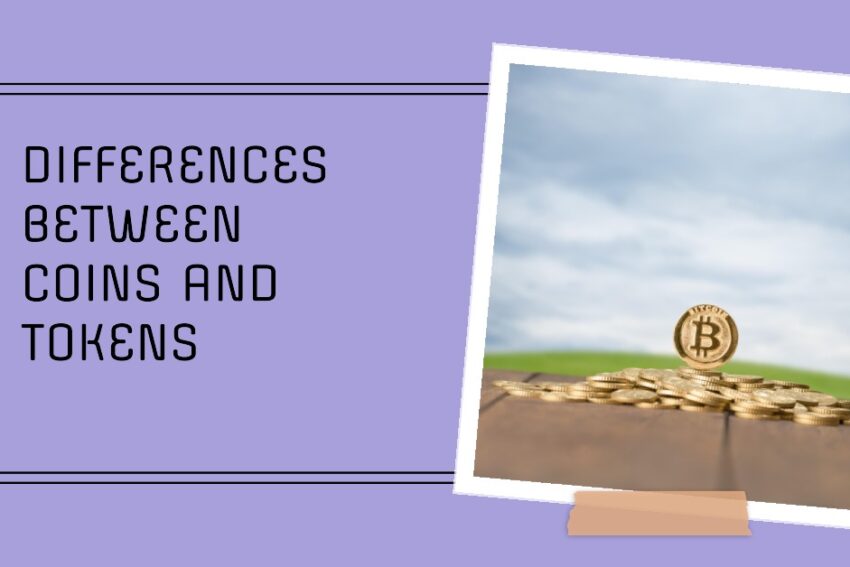In the fast-evolving landscape of cryptocurrency, one question consistently arises: What is the distinction between crypto coins and tokens, and how do they serve distinct functions in the world of blockchain technology and digital finance? In this comprehensive guide, we will demystify the complex universe of crypto assets, providing clarity on their functions, use-cases, and the pivotal role they play in shaping the future of decentralized finance (DeFi).
the Core Difference
Crypto coins represent cryptocurrencies that operate on standalone, independent blockchains. Bitcoin, Ethereum, and Ripple serve as notable examples of crypto coins. These coins form the bedrock of their respective blockchain networks, facilitating secure transactions and incentivizing network participants. For instance, Bitcoin (BTC) serves as the native coin of the Bitcoin network, rewarding miners for securing the network and processing transactions.
The underlying principle here is that coins are instrumental in ensuring the security and integrity of a blockchain network. In the case of proof-of-work blockchains, miners must solve complex mathematical equations, requiring substantial computational power and energy expenditure. On the other hand, proof-of-stake networks demand validators to lock significant funds as collateral, a process known as crypto staking. In both scenarios, the native coin plays a pivotal role in incentivizing network participants to maintain the system’s robustness.
However, the use cases of crypto coins extend beyond mere security. For instance, Bitcoin is often considered a censorship-resistant store of value and a medium of exchange, renowned as “digital gold” due to its security and decentralization. Other coins may serve different purposes, like Ripple (XRP), designed to support the traditional banking system, or stablecoins such as USDT, which enable the transfer of fiat currency values using the blockchain’s security.
Coins vs. Tokens: The Ultimate Comparison
Crypto coins and tokens may seem similar at first glance due to their shared function as exchange mediums, but their roles and underlying technologies are notably different. Coins are pivotal in securing blockchain networks and incentivizing participants, while tokens empower decentralized applications, fostering innovation in DeFi, NFTs, and utility-driven use cases.
In conclusion, the choice between coins and tokens depends on the specific use case and the blockchain network in question. As the cryptocurrency landscape continues to evolve, understanding the distinctions and functions of coins and tokens is essential to navigate this exciting and dynamic industry. Whether you seek to invest, trade, or actively participate in blockchain ecosystems, a thorough grasp of these digital assets is the key to unlocking the full potential of decentralized finance.
The future of finance is decentralized, and by comprehending the significance of coins and tokens, you gain a competitive edge in the world of cryptocurrencies. With the support of a secure wallet like Ledger, you can confidently manage both coins and tokens while retaining full ownership of your assets, ensuring your journey in the blockchain space is both secure and empowered.




